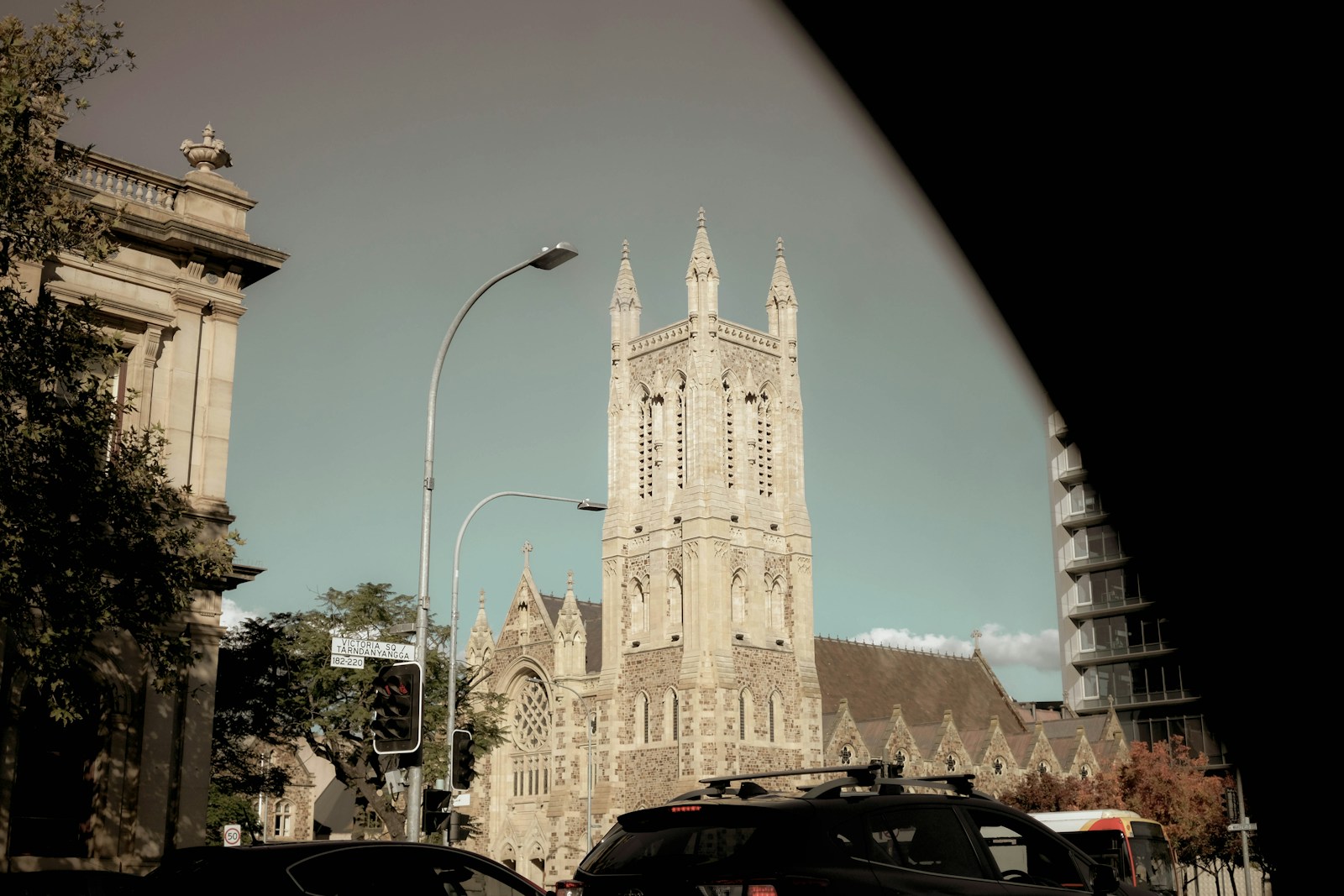
arquitectura civil

civil architecture
The term 'arquitectura civil' in Spanish refers to the design and construction of public buildings and structures, not including those used for religious or military purposes. The term incorporates a wide array of structures including, but not limited to, government buildings, schools, hospitals, bridges, and transportation infrastructure. In English, this term would be translated as 'civil architecture'. This branch of architecture is focused on the needs and functionality of civil society, creating designs that are both practical and aesthetically pleasing.
Example sentences using: arquitectura civil
La arquitectura civil fue el punto de partida para el desarrollo de nuestra ciudad.

Civil architecture was the starting point for the development of our city.
This sentence talks about the importance of civil architecture as the foundation or starting point for the development and progression of a city. In this context, civil architecture refers to the design and construction of public and private infrastructure such as buildings, bridges, and so on.
Estudié los principios de la arquitectura civil durante mi carrera universitaria.

I studied the principles of civil architecture during my university career.
This sentence refers to studying civil architecture, which includes designing, constructing, and maintaining physical and naturally built environments such as roads, bridges, canals, dams, and buildings, as part of the speaker's university degree or course.
En el museo se puede ver la evolución de la arquitectura civil a lo largo de los siglos.

In the museum, you can see the evolution of civil architecture over the centuries.
This sentence discusses the possibility of observing the historical progression and evolution of civil architecture at a museum. Here, 'evolution of civil architecture over the centuries' signifies how architectural styles, designs, and techniques have developed and changed over time.